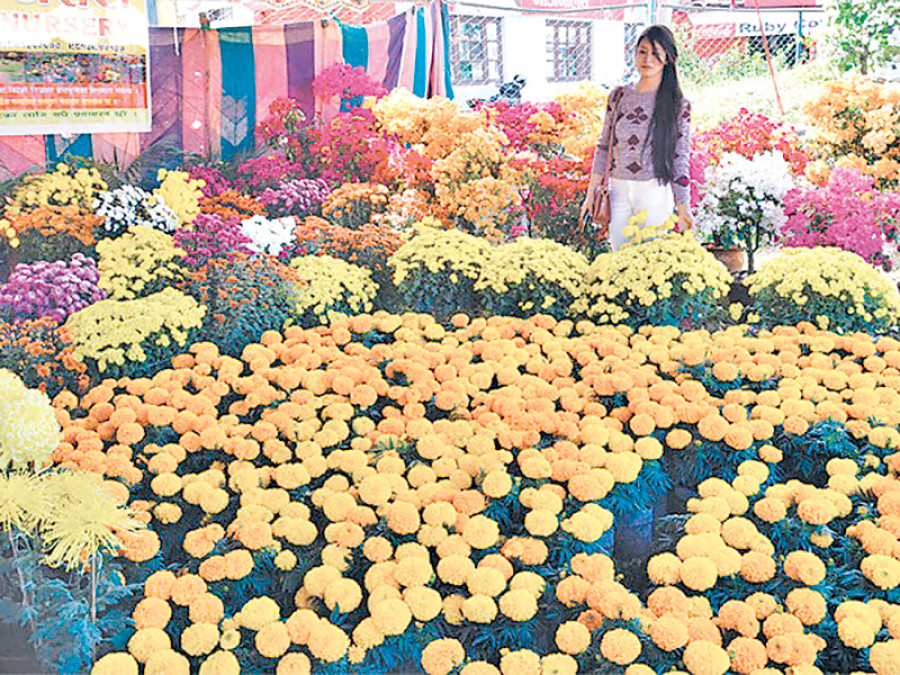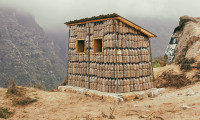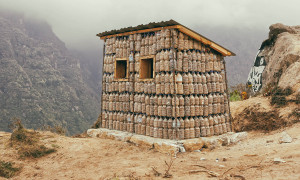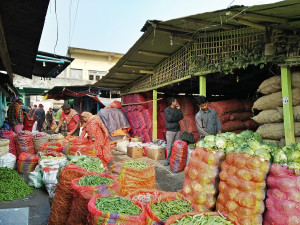Money
Flower prices likely to be stable during Tihar
The production of flowers needed for the upcoming Tihar festival is up 15 percent this year, and prices are expected to remain stable as a result, florists said.
The production of flowers needed for the upcoming Tihar festival is up 15 percent this year, and prices are expected to remain stable as a result, florists said.
Doors and windows are decorated with long strings of flowers, particularly marigolds, during Tihar, one of the big festivals of Hindus.
The increase in flower output has been attributed to good rains and the end of the plant disease that had been affecting farms for the last few years, said traders.
The Floriculture Association of Nepal (Fan) has projected that supplies of the widely sought 1-metre flower garlands will reach 900,000 garlands during this festival season. According to the association, 700,000 marigold garlands and 200,000 chrysanthemum and globe amaranth garlands are expected to be ready for the festival.
Fan President Kumar Kasaju Shrestha said the increase in production would help to reduce imports. “We expect imports from India to shrink to 200,000 garlands from more than 250,000 garlands previously,” said Shrestha. According to Fan, the flower import bill could total Rs6 million.
Shrestha said that adequate rainfall had helped production to grow. “Besides, the rise in output is also due to the joint initiative of Fan and the Nepal Agricultural Research Council (Narc) to fight the disease that had hit marigold production in particular,” he added.
According to Fan, the fungal disease known as septoria had been affecting flower production for the last few years. “With our joint effort during the last three years, we have been able to eliminate the disease and educate flower growers how to control the problem in time.”
Tihar is the busiest time of the year for the country’s floriculture industry when sales go boom. Florists sell flowers valued at more than Rs14 million during this season. While the production of marigold falls short of the requirement and has to be imported, Nepal is self-sufficient in globe amaranth and chrysanthemum.
There are 700 nurseries engaged in growing flowers commercially. Among them, 276 are based in the Kathmandu Valley. Makwanpur, Dhading, Kavrepalanchok, Surkhet, Nepalgunj and Dhangadhi are other large producers of flowers in the country. Marigolds grown by farmers and some local nurseries are of low quality and do not fetch good prices like the Indian product. Flowers imported from India come in uniform size and colour and are in high demand, Shrestha said.
According to him, they will be producing improved varieties of marigold from next year with the aim of replacing imported flowers completely. “We have successfully conducted test production of improved flowers in Kavrepalanchok in collaboration with Narc,” said Shrestha. “We will be providing the improved breed that blooms for 10 months per year to member nurseries from next year,” he added.




 9.12°C Kathmandu
9.12°C Kathmandu














